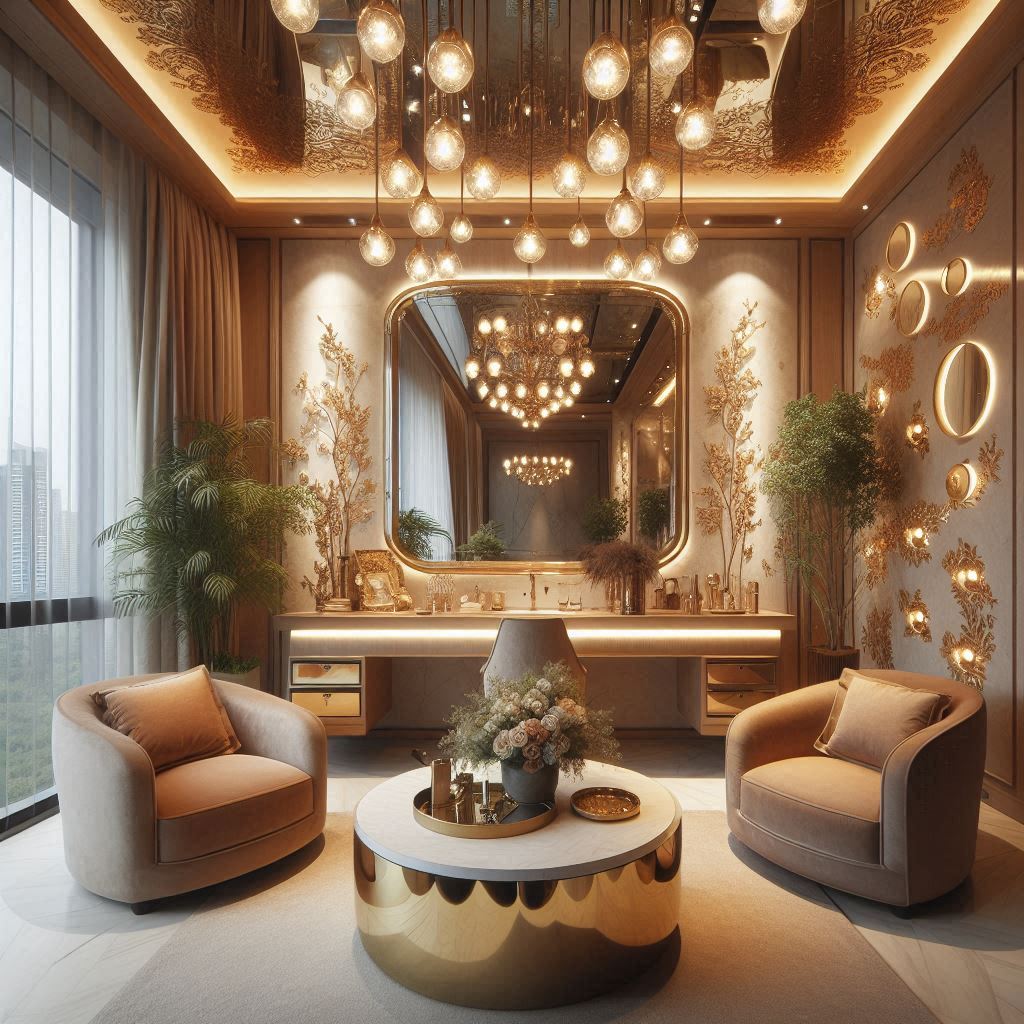Mirrors have a distinct presence in interior spaces — they reflect style, add depth, and often enhance the brightness of a room. But when it comes to lighting areas that feature multiple mirrors, the role of wall lights becomes even more critical. Whether the mirrors are decorative, functional, or architectural, the wall lights in such spaces must be selected with a careful eye on their interaction with reflections.
Understanding the Mirror-Heavy Environment
Rooms with several mirrors — such as dance studios, modern hallways, boutique showrooms, or even certain lounges — can become challenging to light. Wall lights offer targeted, layered illumination without overwhelming the room. They help break monotony, add warmth, and support both utility and ambiance.
However, in such environments, more light doesn’t always mean better light. When light is reflected across multiple mirrors, it can cause excessive brightness, unwanted glare, and visual discomfort if not handled thoughtfully.
Placement and Orientation
Wall lights should be placed strategically to avoid direct reflection in the mirrors. It’s essential to consider the angle at which the light hits the mirror and how that reflection interacts with the rest of the room. Misplaced wall lights can cause glare that bounces repeatedly, creating a disorienting or cluttered visual effect.
Instead, opt for downward or upward casting wall lights that reduce direct reflection in eye-level mirrors. Also, staggered or offset placement helps in diffusing the light more naturally across the room.
Beware of Reflected Glare
One of the common issues in mirror-dense spaces is the disturbance caused by reflected glare. A bright wall light reflected sharply in multiple mirror angles can feel intense and unpleasant. To counter this, it’s crucial to choose fixtures with soft diffusers, frosted glass, or covered shades that soften the beam. Glare-free design is not just a luxury in such spaces — it’s a necessity for comfort.
Aesthetic Sync with Reflections
Since mirrors amplify the look of the room, wall lights should not only perform well but also look good from all visible angles — even when reflected. The finish, shape, and design of the light fixture get doubled in the reflection. This means bold or statement wall lights can create a visual rhythm, while minimal ones help maintain subtlety.
Color Temperature and Control
In a space surrounded by mirrors, light temperature has a multiplied effect. A warm-toned wall light adds a cozy glow, while cooler tones can make the room feel sterile if overdone. It’s best to use warm white lighting (2700K–3000K) to retain balance and comfort. Also, using dimmable wall lights offers greater control to adjust the lighting based on the activity or time of day, especially when reflections can make the space feel too bright.
Practical Uses of Wall Lights in Mirrored Areas
· Boutique Spaces: Wall lights help highlight products without causing mirror glare.
· Hallways with Mirror Panels: They create depth and eliminate dark corners.
· Living Rooms with Mirrored Accents: Wall lights balance style and subtle lighting without overpowering.
· Fitness Studios or Dressing Areas: Wall-mounted lights offer supplemental lighting without the harshness of overhead fixtures.
Final Thoughts
Mirrors add magic to interiors — but only when light respects their presence. In areas filled with reflective surfaces, wall lights are not just decorative elements; they are strategic tools. The right placement, beam control, and glare-reducing design can transform a room with mirrors from chaotic to calm, from over-lit to elegant. Whether it’s for function or fashion, wall lights in mirrored spaces deserve a little extra thought — and they’ll reflect that effort beautifully.

